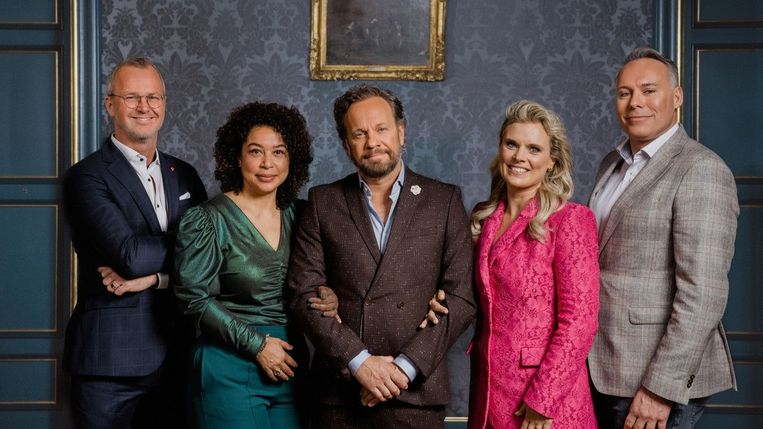TV show Married at first sight It is a ratings cannon. Millions of Dutch people are watching how single people connect to their true love: through science. The program clearly emphasizes this scientific aspect: participants place their fate “in the hands of science.” But this program has nothing to do with science. The experts speaking deal with local science that shows they have little knowledge of research into human mate choice. This not only affects the participants, but also gives the viewers a false image of human relationships.
The factors by which participants are matched are outdated and sometimes illogical. For example, experts say the pair are a good match “biologically,” referring to their various differences in four pieces of DNA. They probably mean the HLA complex, which is a group of genes for the immune system. It may be beneficial for your offspring's immune system to find a partner who has other HLA gene variants. Since HLA genes influence body odor, we can smell whether someone suits us or not.
It looks perfect. The only problem: Recent review studies found no evidence of a link between the HLA complex and mate choice. In short, DNA matching testing can be thrown into the trash for now.
Match with the phalanx
The use of the 2D:4D ratio (ratio of lengths between index and ring fingers) when matching two women is also controversial. Although this ratio may say something about exposure to testosterone in utero, recent research shows that the relationship is not reliable. However, experts on the TV show easily link the 2D:4D ratio to behavior. One woman has a “masculine” ratio and is therefore paired with a “feminine” woman. It is highly questionable to use this measure for data on personality, let alone matching. Recent research shows that there is no connection between the 2D:4D partner ratio.
When matching personality, experts jump in all directions: sometimes people with the same personality traits are paired and sometimes people who “complement” each other. We know from research that neither similarities nor differences in personality appear to play a major role in mate choice. In short, experts are misusing measurements that are subject to rigorous and critical debate in science.
Then there is a big elephant in the room which is gravity. Naturally, the TV show selects participants who have not yet seen each other. For a “science experiment” that wants to match people, this is a ridiculous choice. Mutual attraction is the best predictor of getting into a relationship, and tells us more about attraction than, say, personality preferences. If the show's makers really wanted to help people find a partner, they would first let candidates choose participants they found attractive.
Malleable and predictable
In short, the “scientific” factors discussed in Married at First Sight are often outdated or controversial and inappropriate for matching people. The picture the program paints is that relationships are manageable and predictable. If you gather enough information (and measure your battalions) you'll know if it's going to work or not. Unfortunately, the question of how people choose a partner is a puzzle that we have yet to find most of the pieces of. The way the lid ends up on the jar is largely a mystery and perhaps that is exactly what makes love so beautiful.

Tom Roth is a behavioral biologist at Utrecht University and Leiden University, and will defend his thesis on mate choice in humans and primates next month.
Read also:
Young Muslims prefer to look for a fellow believer to share life with
Many young Muslims expect to find their partner through Muslim networks, according to a survey conducted by Trouw newspaper and I&O Research.
The same smell, genes, or cup size as your best friend: This is no coincidence
You choose your friends. Do you think. But it turns out that the basis of friendships is not a sense of humor or shared norms. Physical properties play a surprisingly large role.

“Total coffee specialist. Hardcore reader. Incurable music scholar. Web guru. Freelance troublemaker. Problem solver. Travel trailblazer.”







More Stories
GALA lacks a chapter on e-health
Weird beer can taste really good.
Planets contain much more water than previously thought